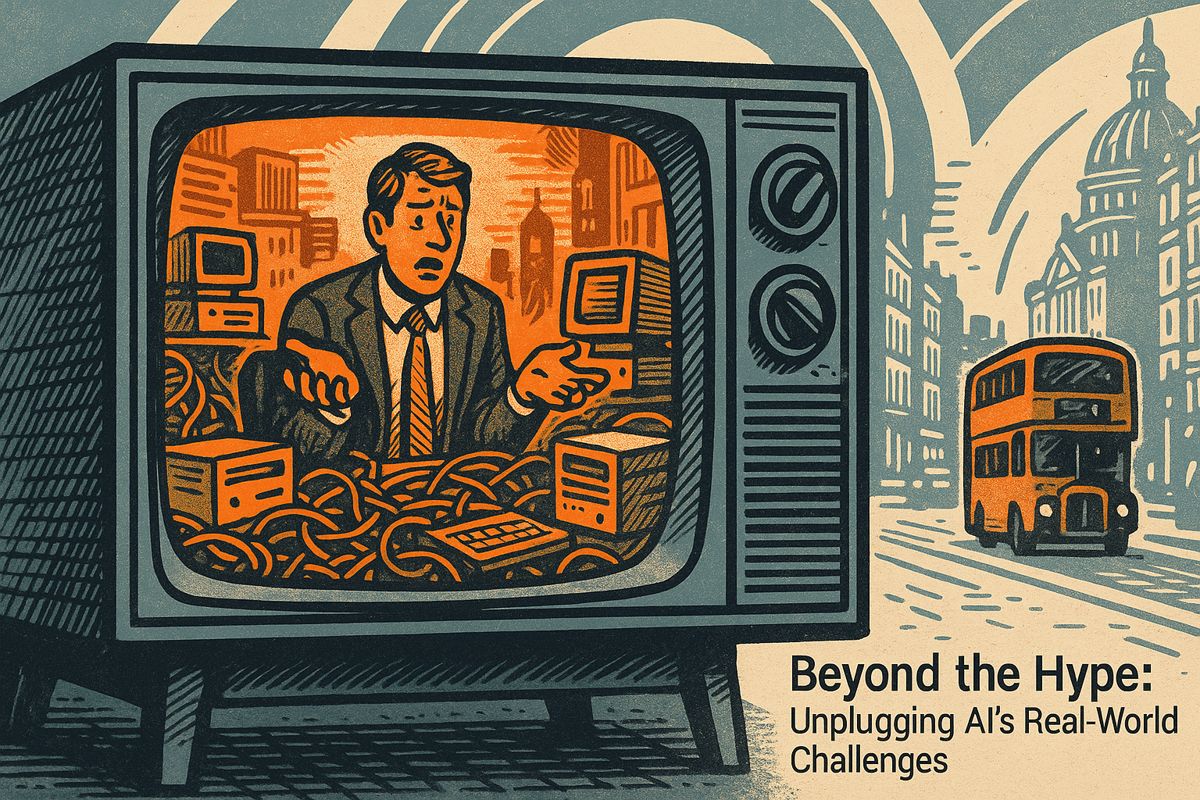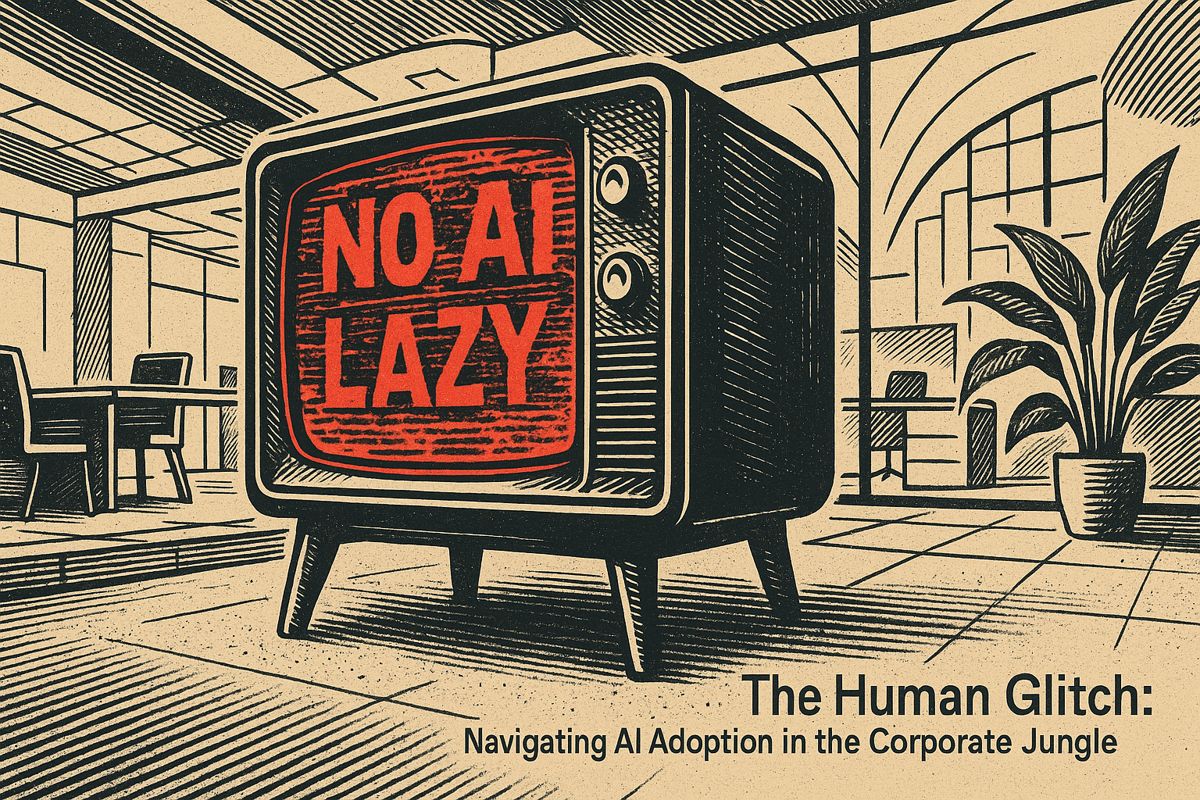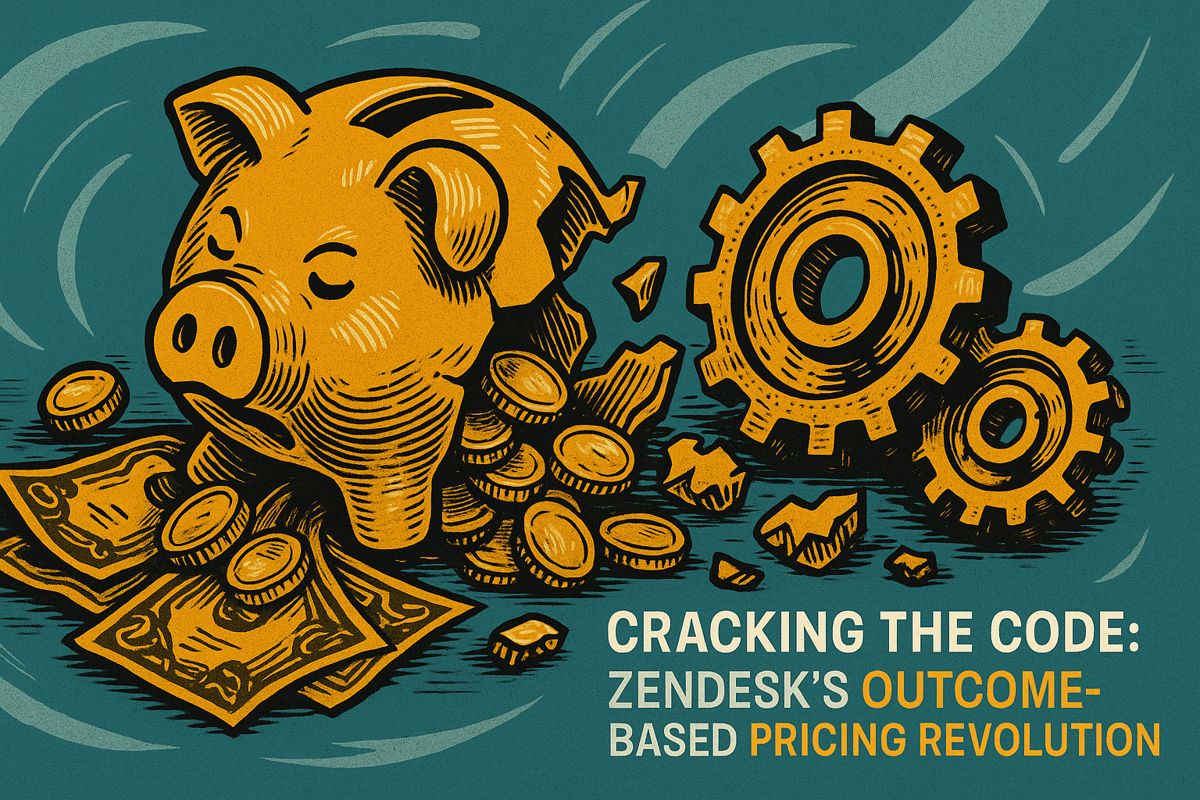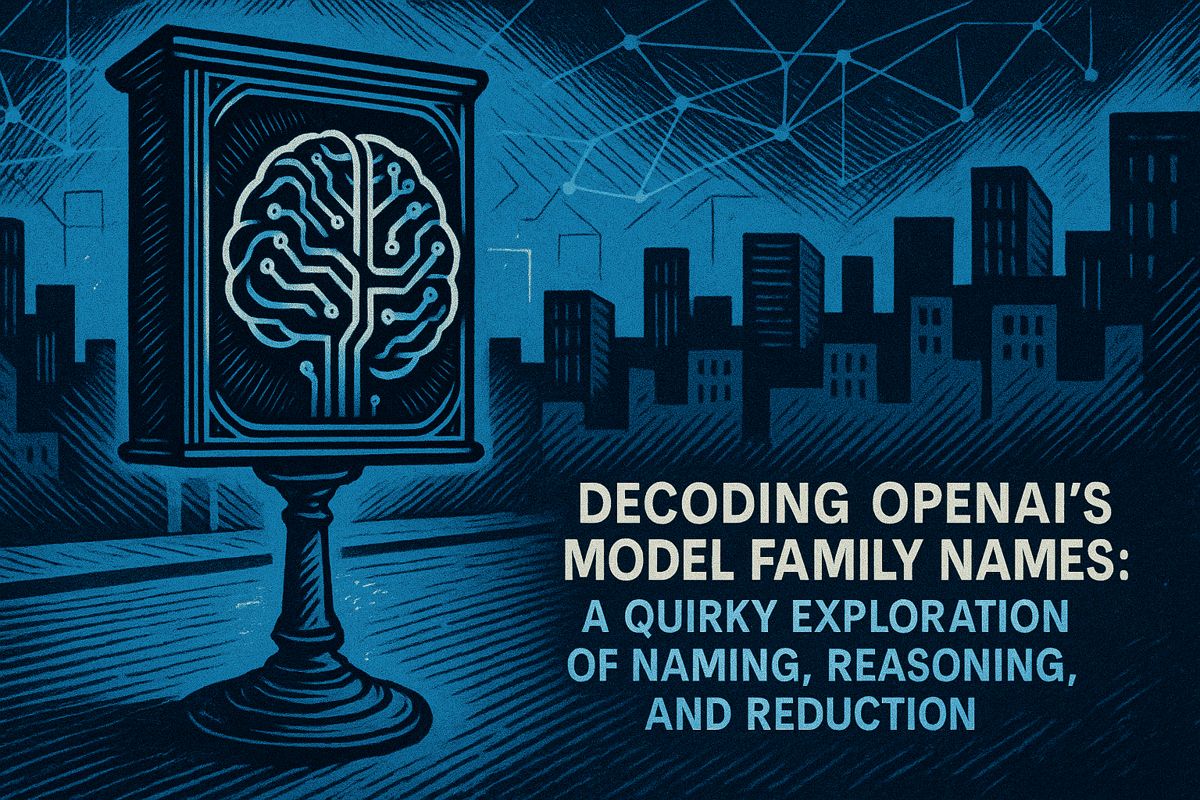The biggest challenge for businesses with super-smart AI is moving from cool experiments to real, working systems. Many smart companies get stuck because their old computer systems are tangled, their data isn’t perfect, and bosses aren’t all on the same page. It’s like trying to build a rocket with old bicycle parts! The new HBR and Red Hat report says that while everyone is playing with AI, truly making it work everywhere is tough, needing clear rules, trustworthy systems, and everyone learning how to use it safely and wisely.
What is the main challenge for enterprises adopting generative AI?
The primary challenge for enterprises adopting generative AI lies in transitioning from experimental pilot projects to systemized, scalable, and auditable implementations. Many organizations struggle with integrating AI into existing legacy systems, ensuring data quality, achieving leadership alignment, and fostering widespread AI literacy among employees, often leading to stalled initiatives despite significant hype.
Hype, History, and a Whiff of Burnt Coffee
Sometimes I catch myself raising an eyebrow at AI headlines that promise to upend everything except perhaps gravity. It stirs up a memory from 2019: a muggy day, condensation beading on my water glass, while a CIO fumbled through a demo of a chatbot that struggled to answer its own name. The buzz around AI was relentless back then. Now, the lexicon’s expanded and the stakes have ballooned, but the core tension remains – at least if you believe the latest Harvard Business Review analysis on enterprise-scale generative AI.
I recall Lin from Vodafone (not her real name, but the exasperation was genuine) admitting, “We keep launching AI pilots, yet half of them can’t get past the tarmac. Leadership wants AI dashboards, but our data? Still trapped in legacy systems. Picture someone emailing CSVs like it’s 2004.” She managed a weary laugh. I felt a pang of empathy. Haven’t we all been tempted to promise the moon, only to get grounded by old code or, worse, old habits?
The Freshest Data, and a Few Tough Realities
This June, Harvard Business Review Analytic Services, backed by Red Hat, dropped a new briefing on generative AI adoption. Published June 24, 2025, it brings fresh statistics, case studies, and a splash of realism that stings like saltwater on a paper cut. The collaboration between HBR and Red Hat, those open source stalwarts, signals a focus on scalable, auditable enterprise infrastructure – not just shiny proof-of-concepts.
Their research points out what many insiders feel but rarely say out loud: experimentation is everywhere, but true systematization is as rare as a unicorn on Wall Street. Organizations are awash in pilots and prototypes, but scaling? That’s a far more Sisyphean task. Why? Decades-old systems act like ivy strangling a fencepost – persistent, tangled, and nearly impossible to uproot in a single quarter. I’ve tried, failed, and learned to respect the stubbornness of old tech.
Open source tools like Kubernetes and Quarkus are increasingly at the core, making environments more secure and, crucially, more transparent. No more inscrutable AI models that can’t explain themselves—not if you want to keep regulators or your board happy. In the age of ChatGPT and rising regulatory scrutiny, that transparency isn’t just nice to have. It’s essential.
Leadership, Literacy, and the Luggage-Wheel Paradox
If you’re picturing a boardroom of executives sipping single-origin espresso while they dictate AI strategies to a virtual assistant, let me stop you. Reality is messier. Leadership alignment matters. If the C-suite thinks AI is just Excel with attitude, projects stall. I once watched a promising AI initiative get iced because compliance flagged “personal data risk,” and suddenly, everyone was in reverse gear. The HBR paper emphasizes risk management and workforce education. It’s not merely tech deployment; it’s getting every stakeholder, from IT to HR, comfortable with the big questions. Do you know what data trains your models? If you’re shrugging, you’re not ready yet.
AI literacy, as the research bluntly notes, is patchy. Employees often find themselves surreptitiously Googling terms mid-meeting, praying nobody notices. Those who master the lingo? They’re hot commodities. The rest hover between curiosity and anxiety. Let’s be honest: nobody wants to be outpaced by a chatbot, or replaced by a Python script. The emotional undercurrent—uncertainty, sometimes dread—lurks beneath every training session and town hall. Oof. That’s real.
Ethics isn’t a compliance checkbox anymore, either. Governance frameworks now bake in transparency, bias mitigation, and robust stewardship. The race isn’t for the biggest model, but the most trustworthy—one you can audit, explain, and defend. If only building trust were as simple as spinning up a fresh VM.
Blueprint or Barrier? Finding Traction Beyond the Hype
There’s an odd little metaphor that sticks with me: it took roughly a century to put wheels on luggage, even though the physics made sense from day one. So much of AI adoption is just like that—held back less by technology than by inertia, pride, and the fear of looking foolish. Sometimes the biggest breakthroughs are just a willingness to roll, not drag, your baggage.
If you’re a CIO or digital strategist, the HBR/Red Hat research is a reality check and a roadmap. The AI revolution isn’t a fireworks show; it’s a slow burn, brightening the enterprise landscape one verified, audited step at a time. Those who win won’t just build grand models—they’ll build trust, fluency, and, dare I say, a modicum of patience.
And if your AI pilot is still stuck in spreadsheet limbo? Well, join the club. Progress, after all, is rarely linear…



















